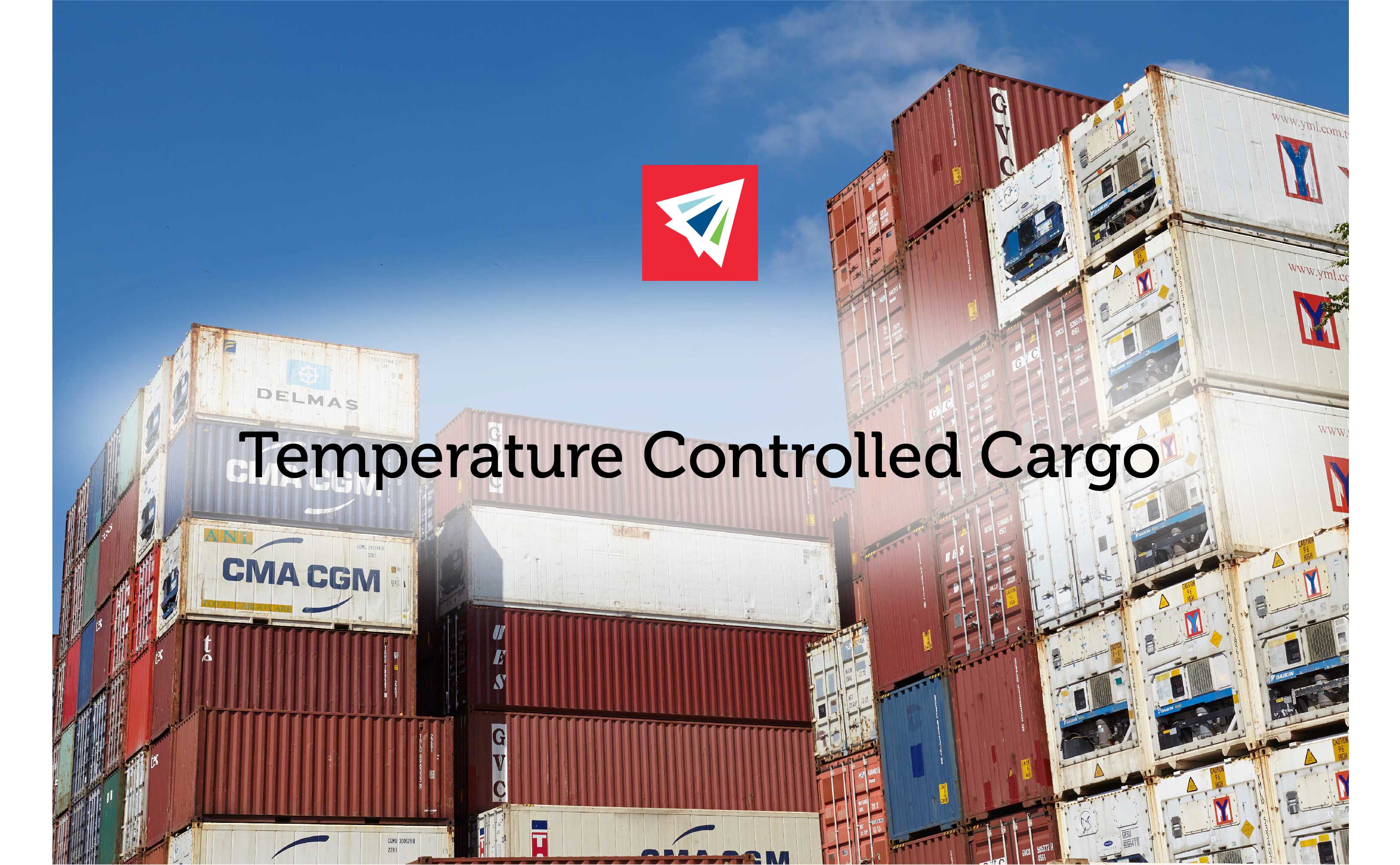Temperature controlled cargo is just as it sounds. It’s the transport of goods in a temperature-controlled environment. Think of it like keeping cargo refrigerated, expect that the vehicle itself moderates the ambient temperature by either heating or cooling the freight.
Everything from fruits and vegetables to beverages and medications may need to be shipped as temperature controlled cargo to ensure it arrives in the exact same condition in which it was shipped. Temperature controlled cargo vehicles are often outfitted with onboard electronic temperature monitoring system called gensets.
Temperature Controlled Cargo – Gensets, Short Power, and Packaging
Gensets are attached to refer containers to keep the cargo cool. Gensets run on diesel during transport, however, if your cargo is at the port, it may be hooked up to short-power. Short-power is a way to keep cargo cold without using up the diesel in a genset. Essentially, all temperature-sensitive cargo is hooked up to an electronic cooling system that plugs into each reefer container. These short power systems help save diesel, costs, and keep cargo at a consistent temp. But with all temperature controlled cargo, you need to have a monitoring system.
Monitoring systems simply take note of the internal temperature of the reefer container. Without a monitoring system, the carrier could subject the cargo to refrigerated temperatures for extended periods of time, which actually increases the risk of freezing the goods.
That said, most temperature controlled cargo will be packaged in materials to maintain effective temperature control. Sometimes, it’s insulated materials combined with temp stabilizing media to keep the goods at a specific temperature range for a set period of transport — as is often the case for temperature-sensitive pharmaceuticals.
Maintaining a Consistent Temp
In order to maintain the proper temperature from loading to unloading (and all other points in between), you should discuss temperature guidelines with your carrier. Lay out all the specifics to make certain the carrier adheres to the proper parameters.
If, for example, the goods can handle a temperature range plus or minus a given degree, provide this information up front.
To further safeguard temperature-sensitive goods, you may want to discuss whether the route will include temperature-controlled docks. This ensures product quality by keeping freight in a temperature controlled environment until the truck is ready to move.
Though it should go without saying, drivers should keep doors closed until the very last possible moment. This helps to reduce a potential change in temperature inside the trailer. This is especially important for any goods extremely sensitive to temperature changes — again, like some pharmaceuticals.
With the proper tools, support, and preparation, you can rest assured that your shipment will arrive intact. If you’d like to learn more about temperature-controlled shipping, please feel free to contact us today. We’d be more than happy to answer your questions.

Nice Information thanks for sharing with us